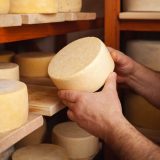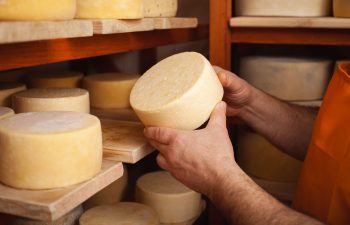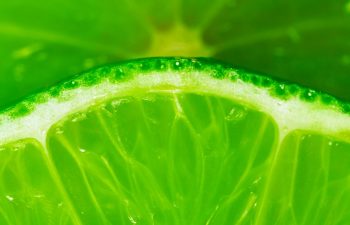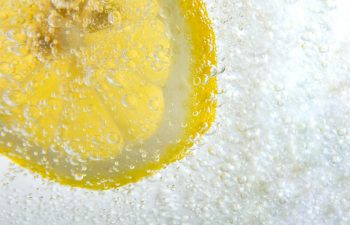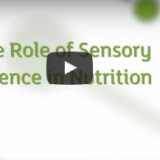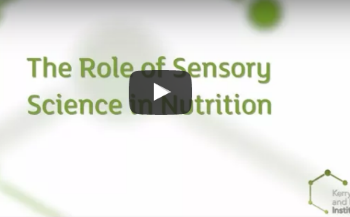Kokumi has been part of the Japanese culinary tradition for centuries. It is associated with foods that exhibit a fullness, succulence and craveability. Is it a taste? How does it work to improve flavor of food?
Taste and Sensory Science
Upcoming EU regulations will change which types of natural flavouring sources are acceptable in organic products. Nicolas Barthes, BSc walks through the legislation, how extracts are made, and how to decide which type of extracts are appropriate for different foods and beverages.
Low-calorie beverages can be an important part of addressing high sugar and calorie intake, but many products do not succeed because key sensory factors are not addressed beyond sweetness. Tools from sensory and analytical sciences can be key to building back mouthfeel in beverages which have reduced levels of sugar.
Plant-based meat alternatives often have challenges with off-tastes like bitter, earthy, beany, astringent, and green. Understanding the chemistry and source of off-notes can help mask them efficiently without negatively impacting the nutrition.
Key takeaways from Pangborn 2019: Eating experience and environment has a large impact on food preference. Researchers and those seeking to maximize food preference need to consider consumer experience, using immersive techniques (e.g. augmented reality) to collect more realistic data. Sensory cues can be used to design products that can help make the healthy choice… Read more »
Sensory science could be seen as a traditional way to validate the sensory aspects of a food, or it could be seen as a way to strategically link nutrition to food choice. Ciaran Forde, PhD, a researcher in the area of sensory science and food choice, discusses why he thinks sensory science is evolving to… Read more »
The Role of Flavors in Nutrition With busy lifestyles, many consumers are relying on the food industry for convenient and affordable sources for meals. There is a big emphasis not only on the cost and nutritional value of these options, but also on the taste and eating experience from the purchased items. Flavors play an… Read more »


